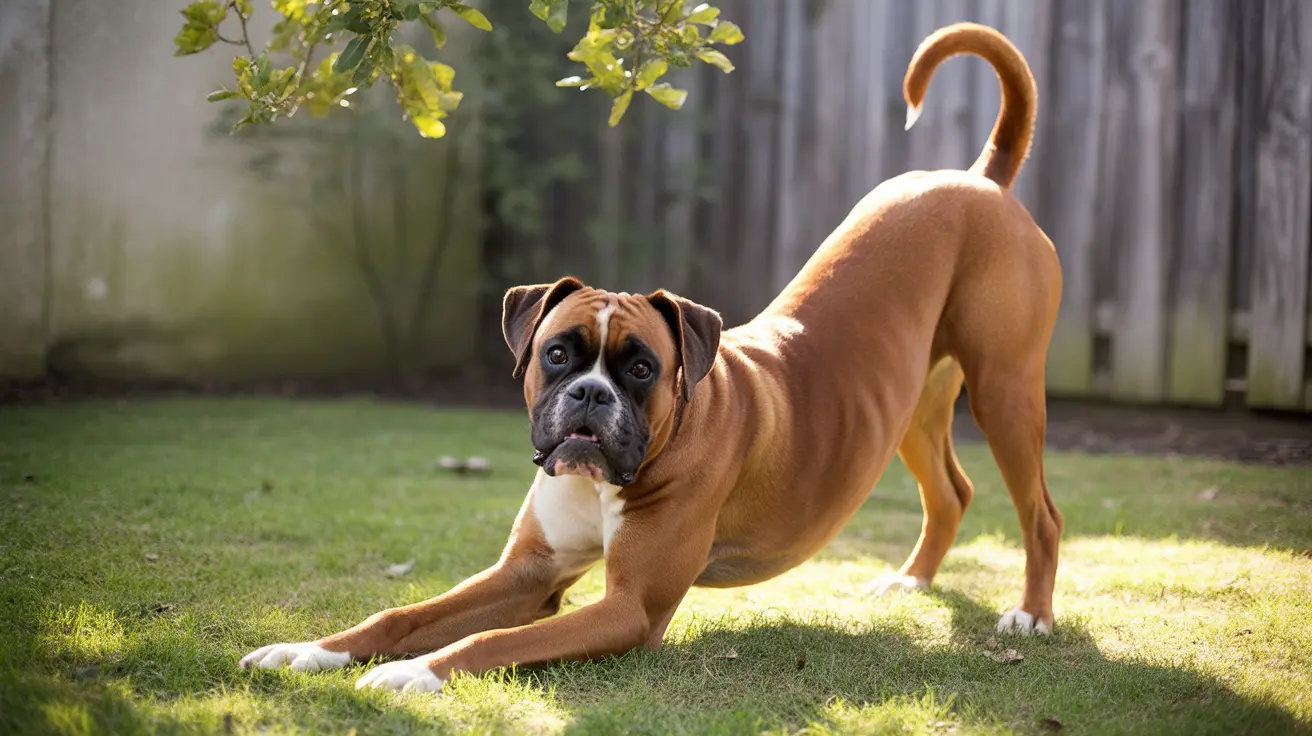What Makes a Dog Reactive?
Reactive behavior in dogs isn't simply bad behavior or aggression—it's typically an emotional response to something in their environment that makes them feel uncomfortable, threatened, or overly excited. Dogs may react to various triggers such as other dogs, strangers, bikes, cars, or even specific sounds.
Common signs of reactivity include:
- Excessive barking or lunging
- Growling or showing teeth
- Pulling hard on the leash
- Whining or crying
- Fixating on triggers
- Hair standing up along the back
- Inability to focus on owner commands
Understanding Your Dog's Triggers
Every reactive dog has specific triggers that set off their behavior. These triggers often develop due to past experiences, lack of proper socialization, or genetic predisposition. Identifying your dog's specific triggers is crucial for developing an effective management plan.
Some dogs may react only to certain stimuli, while others might seem reactive to everything new in their environment. Keeping a detailed log of when your dog reacts and what preceded the reaction can help you identify patterns and better understand their triggers.
Management Strategies for Reactive Dogs
Successfully managing a reactive dog requires a combination of prevention, training, and patience. The goal is to help your dog feel more secure and develop better coping mechanisms when faced with their triggers.
Creating a Safe Environment
Start by managing your dog's environment to minimize exposure to triggers while you work on training. This might mean:
- Walking during quieter times of day
- Choosing less-traveled routes
- Maintaining adequate distance from known triggers
- Using natural barriers like parked cars or trees for protection
Training Techniques
Positive reinforcement training is essential for helping reactive dogs. Some effective approaches include:
- Counter-conditioning to change emotional responses
- Desensitization through gradual exposure
- "Look at That" training for trigger awareness
- Teaching alternative behaviors like "Watch me" or "Turn around"
Frequently Asked Questions
What are the common signs that my dog is reactive rather than aggressive?
Reactive dogs typically display behavior aimed at increasing distance from triggers, often accompanied by stress signals like whale eye, lip licking, or stiff body posture. Unlike purely aggressive dogs, reactive dogs usually calm down once the trigger is gone and may be perfectly friendly in controlled situations.
How can I identify the triggers that cause my dog's reactive behavior?
Keep a detailed journal noting when your dog reacts, what was present in the environment, and your dog's specific response. Look for patterns in timing, types of triggers, and intensity of reactions to better understand your dog's specific triggers.
What training methods are most effective for managing a reactive dog?
Positive reinforcement-based methods, including counter-conditioning and desensitization, are most effective. These approaches focus on changing your dog's emotional response to triggers rather than just suppressing reactive behavior.
How do I use positive reinforcement and desensitization to help my reactive dog stay calm?
Start by working at a distance where your dog notices triggers but can remain calm (their threshold). Reward calm behavior and gradually decrease distance as your dog becomes more comfortable. Always work at your dog's pace and avoid forcing interactions.
When should I seek professional help for my reactive dog's behavior?
Seek professional help if your dog's reactivity is severe, you're having trouble identifying triggers, or you're not seeing improvement with basic management strategies. A certified professional trainer or behaviorist can develop a customized training plan and ensure you're using appropriate techniques safely.
Conclusion
Managing a reactive dog requires patience, consistency, and understanding. While it can be challenging, many reactive dogs show significant improvement with proper training and management. Remember that every dog is different, and what works for one may not work for another. Stay committed to your training plan, celebrate small victories, and don't hesitate to seek professional help when needed.






